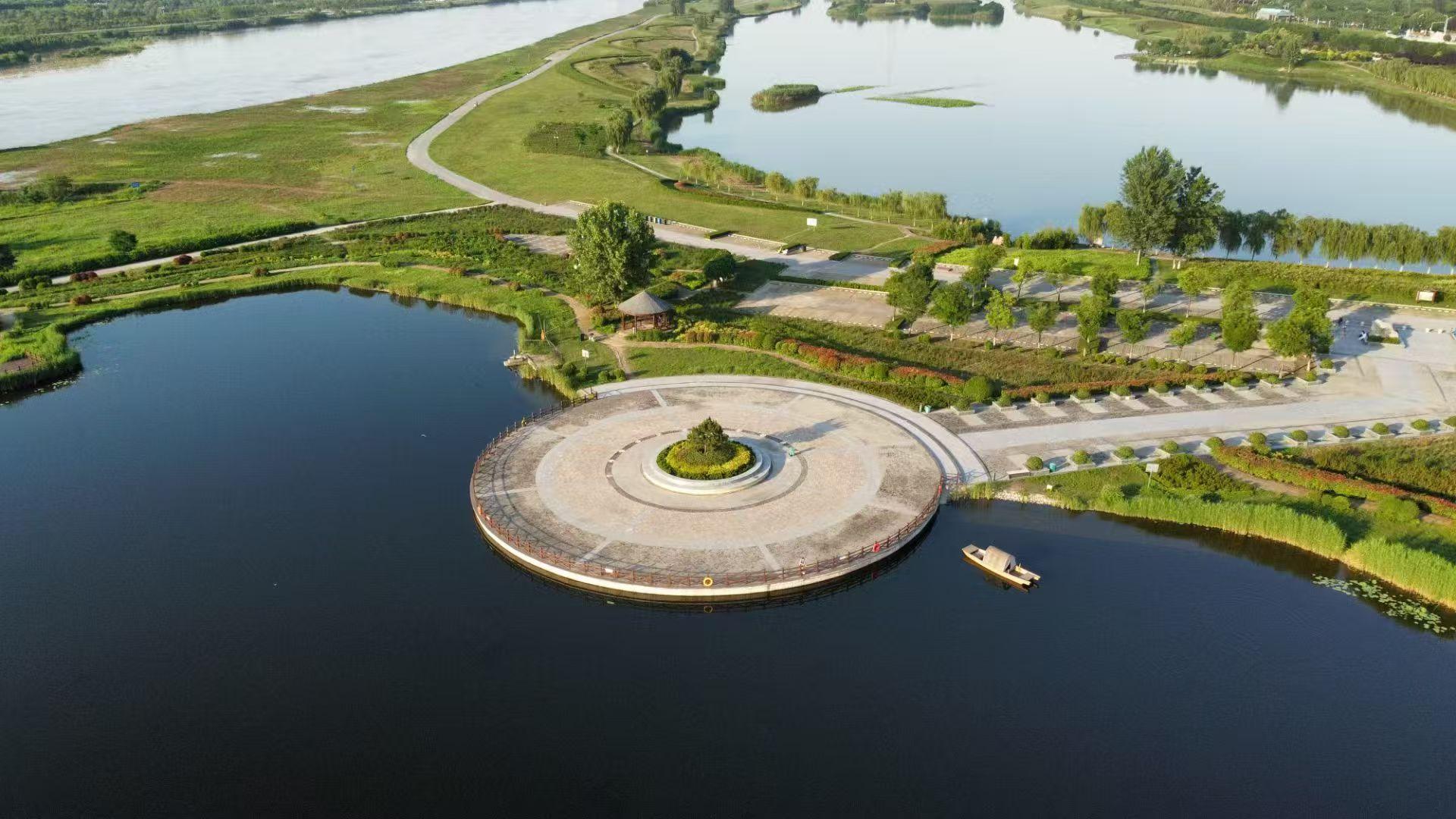On the Feasibility of Monitoring Crustal Deformation Using a High-Precision Gyroscopes and Sundial Network Based on Topological Vortex Theory (TVT)
Posted 2025-10-14 01:16:09
0
979

Search
Categories
- Art
- Causes
- Crafts
- Dance
- Drinks
- Film
- Fitness
- Food
- Games
- Gardening
- Health
- Home
- Literature
- Music
- Networking
- Other
- Party
- Religion
- Shopping
- Sports
- Theater
- Wellness
Read More
Protein Chip Market to Reach USD 4.25 Billion by 2033, Growing at 7.3% CAGR
Protein Chip Market Overview
The global protein chip market size was valued at USD 2.25...
รีวิว RELX Infinity Plus และความคุ้มค่าของรุ่นก่อนหน้า
ในปัจจุบันบุหรี่ไฟฟ้าได้รับความนิยมเพิ่มขึ้นอย่างต่อเนื่อง โดยเฉพาะจากแบรนด์ RELX...
RFID硅胶手环源头厂家
Xiucheng Intelligent (Dongguan) Co., Ltd. is a professional enterprise dedicated to personalized...

